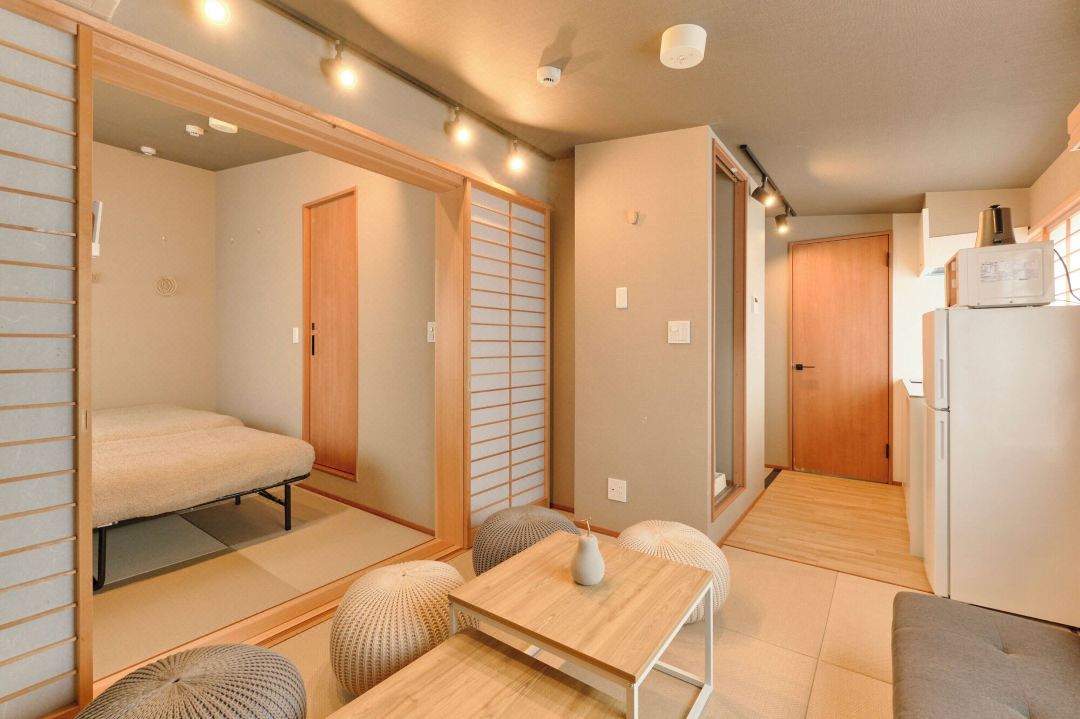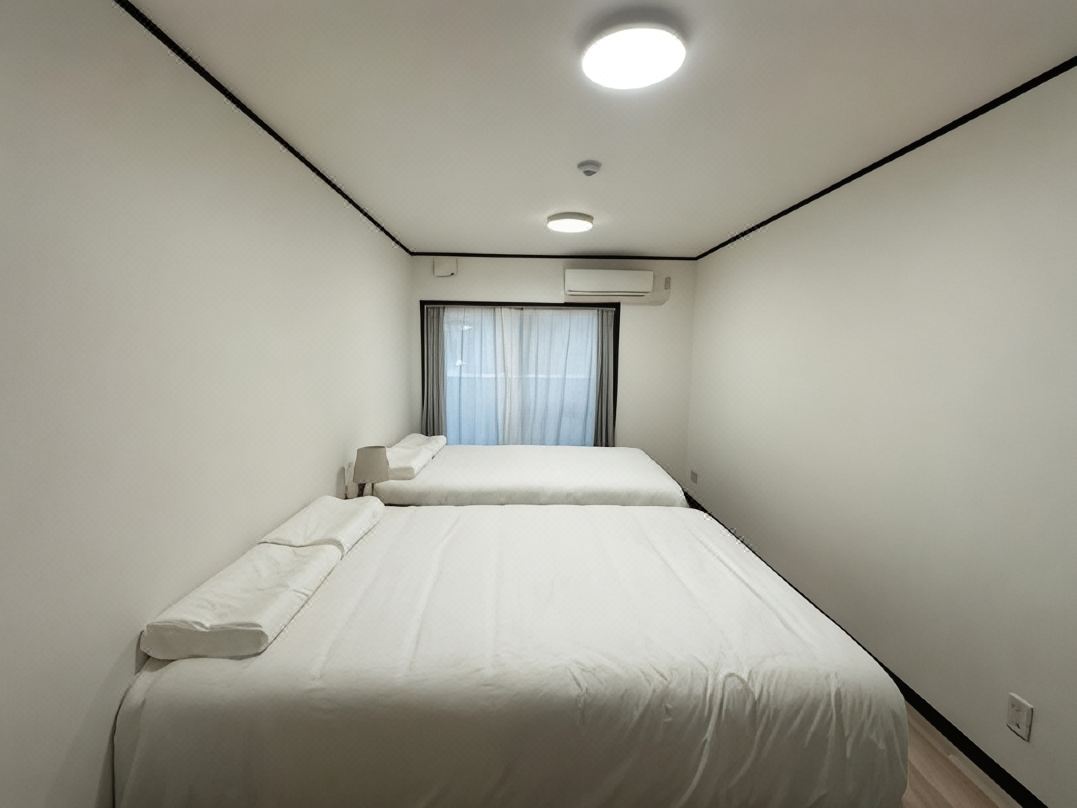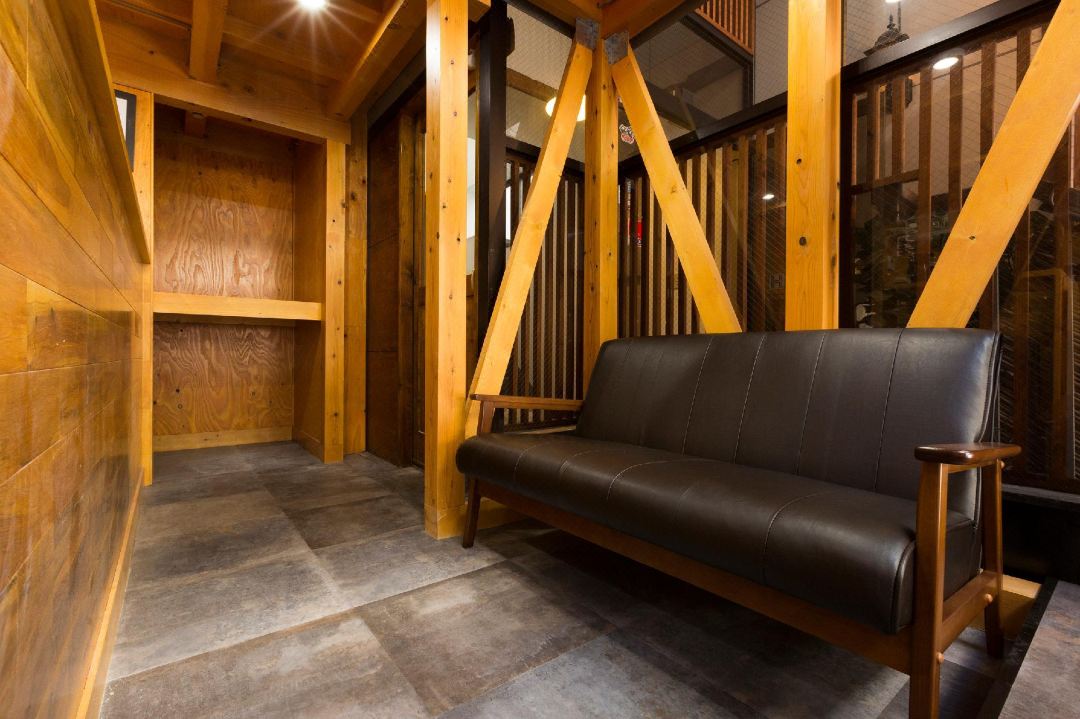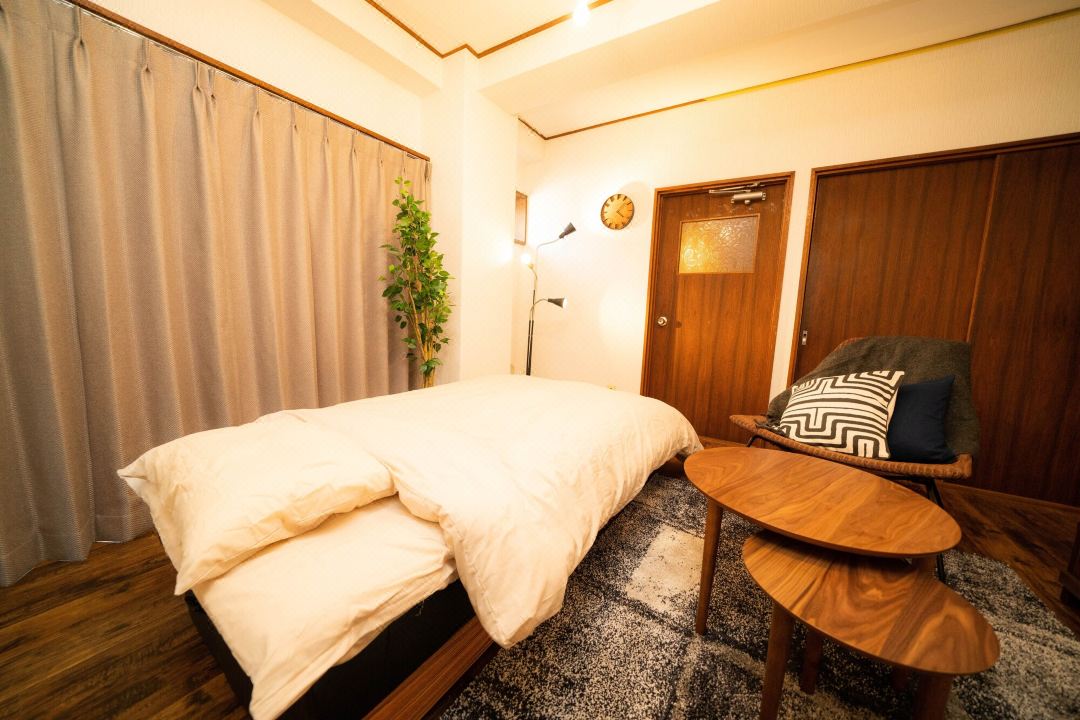Let's walk around Toritsu Kasei in Nakano, Tokyo. Good luck! Kasei-chan Seven Lucky Gods Tour

Kasei-chan, the mascot character of Toritsu Kasei Shopping Arcade, is featured as one of the Seven Lucky Gods. Pray for good fortune with a map in hand! Also recommended as a walking course.
Written by
Nakano city is located in the western part of Tokyo's 23 wards. It is especially famous for Nakano Broadway, known as the "holy land" of subculture, but it also has many other tourist attractions such as historic shrines and temples and gourmet food. While the area around Nakano Station is undergoing a "once in a century" redevelopment, the town is undergoing change, and the town is bustling with old-fashioned, friendly shopping streets, making Nakano a very diverse city. This diversity is also what makes it a city with a population of about 17,000 people from about 120 countries.
Hello. I'm Chiitan, a Nakano Tourism Reporter. Chibi Nakano is with me. Here we are! Toritsu-Kasei Station on the Seibu Shinjuku Line. The station name comes from the Tokyo Metropolitan Nakano High School of Home Economics (now the Tokyo Metropolitan Saginomiya High School). In front of the south exit of the station, you will be greeted by the round-faced Kasei-chan (monument) with its bulging legs. It is the mascot character of the Toritsu-Kasei Shopping Arcade, designed by the manga artist Chiba Tetsuya in 2002. This time, I would like to visit the Kasei-chan Seven Lucky Gods, which were installed in 2013 based on Kasei-chan. What kind of benefits do they bring? With a map of the area around the station in hand, let's set off.

You can find Kasei-chan in places like this. They are all over the shopping arcade. It's fun to walk around looking for them. Be careful of cars when you are not in the pedestrian precinct.
First, walk south from the station and you will come across the golden statue of Ebisu at Patisserie Fujinoki. The shop has a Kasei-chan Seven Lucky Gods map. It's very handy, so please make use of it.

Each of the Seven Lucky Gods has a blessing, and Ebisu is the only one of them that originates from Japan, and is the one who brings prosperity in business.
Next we headed to Jurojin.

I found this shrine diagonally in front of Kasei Park. As its name suggests, it is said to grant longevity.
At Kasei Park, we took a break and enjoyed the "Kasei Chan de Choux" (350 yen including tax) from Patisserie Fujinoki. The crispy cookie dough and plentiful custard cream were very satisfying.

Next is Bishamonten.

It is located on the south side of the shopping street, where the road splits into two. Chibi Nakano was surprised? It's cute, but also looks strong. It is said to bring good luck in competitions, so it is also recommended for praying for success.
There is a statue of Daikokuten near the entrance of Saginomiya High School.

I was in the shade of a tree. It is said to bring good fortune and wealth.
Across the railroad crossing, in the hedge in front of the "House of Beloved Children," you will find Benzaiten (Benzaiten) enshrined.

The only goddess among the Seven Lucky Gods. Her blessings include academic success and improvement in the arts and crafts.
Fukurokuju is in a corner of Wakamiya Clinic. It was hard to find, surrounded by greenery. Its calm expression is lovely. It is said to bring good luck in happiness, wealth, and longevity.

The last statue, Hoteison, is enshrined in a flower field on the north side of the shopping street.

The benefit is good health and freedom from illness.

With some leisurely breaks in between, we completed the tour in under an hour. Once we had photographed all of the "Kaseichan Seven Lucky Gods," we felt a great sense of accomplishment. Wouldn't it be great to be granted all sorts of blessings? There are plenty of interesting shops along the way, so it's also recommended as a walking course. All gods except Ebisu-ten are from overseas, and come from a variety of religions, including Hinduism, Buddhism, Taoism, and Shintoism. It got me thinking about the diversity of Nakano. "What's that, Chibi Nakano? Do you have a feeling that something good will happen from now on?"
Kaseichan Seven Lucky Gods
Ebisu Ten (3-17-6 Wakamiya Patisserie Fujinoki)
Jurojin (3-10-8 Wakamiya, diagonally in front of Kasei Park)
Bishamonten (3-40-18 Wakamiya, in front of Triangle Wakamiya)
Daikokuten (3-34-11 Wakamiya, next to Sekiguchi Construction)
Benzaiten (3-2-13 Saginomiya, in front of the house of the beloved child)
Fukurokuju (3-11-8 Saginomiya, in front of Wakamiya Clinic)
Hotei (3-9-1 Saginomiya, in front of Dream Building 5)
Kaseichan Seven Lucky Gods: Ebisu-ten
Hotels near Kaseichan Seven Lucky Gods: Ebisu-ten

Kaseichan Seven Lucky Gods - Jurojin
Hotels near Kaseichan Seven Lucky Gods - Jurojin

Kaseichan Seven Lucky Gods - Bishamonten
Hotels near Kaseichan Seven Lucky Gods - Bishamonten

Kaseichan Seven Lucky Gods - Daikokuten
Hotels near Kaseichan Seven Lucky Gods - Daikokuten

Kaseichan Seven Lucky Gods - Benzaiten
Hotels near Kaseichan Seven Lucky Gods - Benzaiten

Kaseichan Seven Lucky Gods - Fukurokuju
Hotels near Kaseichan Seven Lucky Gods - Fukurokuju

Kaseichan Seven Lucky Gods - Hoteison
Hotels near Kaseichan Seven Lucky Gods - Hoteison
Nakano city is located in the western part of Tokyo's 23 wards. It is especially famous for Nakano Broadway, known as the "holy land" of subculture, but it also has many other tourist attractions such as historic shrines and temples and gourmet food. While the area around Nakano Station is undergoing a "once in a century" redevelopment, the town is undergoing change, and the town is bustling with old-fashioned, friendly shopping streets, making Nakano a very diverse city. This diversity is also what makes it a city with a population of about 17,000 people from about 120 countries.
The contents on this page may partially contain automatic translation.








































![[Coupon Available] Attention Overseas Winter Sports Fans! Nagano's Sports Depot Has Evolved](https://resources.matcha-jp.com/resize/720x2000/2026/01/05-254819.webp)
![[2 hours from Tokyo ] 10 Quiet and Breathtaking Views of Mount Fuji in Yamanashi Hokuto City , Yamanashi - Part 2](https://resources.matcha-jp.com/resize/720x2000/2025/12/16-253037.webp)

![[Reopening in March 2026] Ikoma Sanjo Amusement Park Park, 45 minutes from Osaka , with free admission](https://resources.matcha-jp.com/resize/720x2000/2024/08/28-194409.webp)